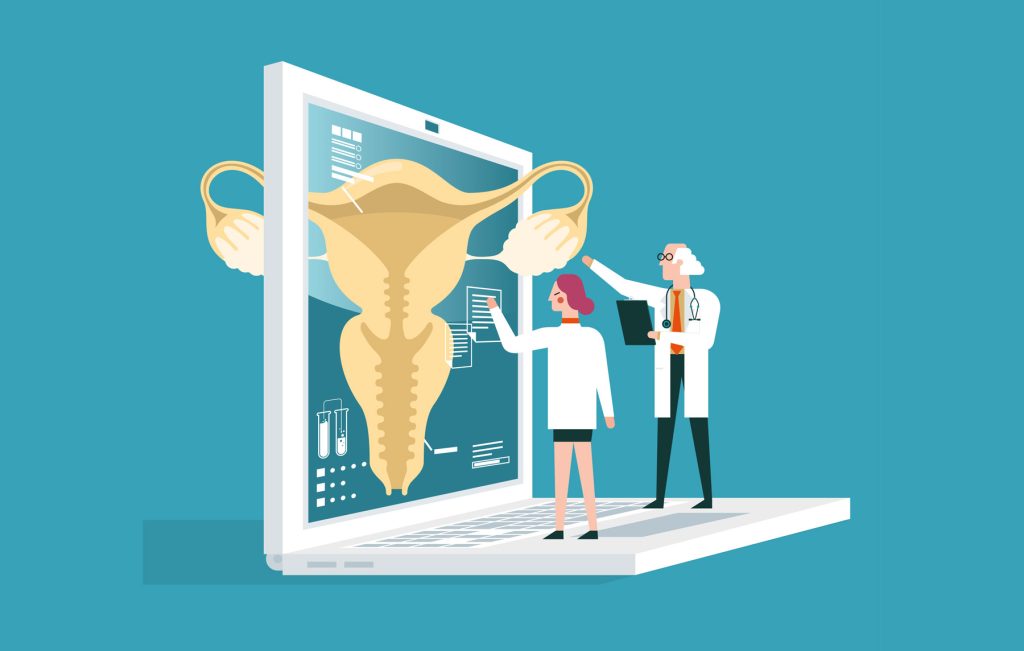- About
Our consultants
Meet our experienced team of consultantsSupport team
Meet our support team working alongside our doctors to deliver the very best careOur clinic
Discover more about The Fertility & Gynaecology Academy
- Patient journey
I am a...
Learn about the services relevant to your fertility journeyThe journey...
Learn about what's involved in fertility treatment
- Fertility tests
Packages
Fertility testing packages to take the hassle out of investigations
More screening options
Find out about our additional screening options - Treatments
Getting pregnant
Fertility treatments to help you achieve your dream
Add-on treatments
Learn about add-on fertility treatments
Supporting treatments
Additional services to support you on your fertility journey - Success rates
- Knowledge hub
Watch, read, and learn
Expand your knowledge on all aspects of fertility - Pricing
Financing fertility treatment
Honest and transparent pricing for peace of mind
No two patients have the exact same treatment but here we have provided an example patient journey to help illustrate what a straight-forward IVF cycle might look like cost-wise.
- Contact
Female infertility
Here, we break down vital information about female infertility.
It is essential that you have an understanding of your fertility before your first consultation, in order to make the most of the appointment.

Here, we break down vital information about female infertility.
It is essential that you have an understanding of your fertility before your first consultation, in order to make the most of the appointment.
With most fertile couples it is possible to conceive within 12 months of regular unprotected sex. Of course, you may still become pregnant naturally after this time, but it would be wise to seek advice.

Female infertility explained
To achieve pregnancy, many factors must align: you must ovulate; have at least one functioning patent fallopian tube; produce watery mucus by the cervix near the time of ovulation that permits the ejaculated sperm to pass into the uterus from the vagina; have a healthy womb with good lining (endometrium) that permits implantation of the embryo.
At the beginning of the menstrual cycle, the pituitary gland in the brain releases a hormone (FSH) which stimulates the ovary to produce follicles. One of these follicles grows faster to become the “dominant follicle”. It is from this follicle that the egg will be released.
The follicles produce oestrogen which promotes development of the endometrium (lining of the womb), and progesterone – released after ovulation – which prepares the endometrium for pregnancy.
When the egg is released, it is picked up by the fallopian tube and then fertilised by the sperm in the outer third of the tube. The fertilised egg continues its journey to the uterus to implant in the lining, resulting in a pregnancy. If pregnancy does not take place, the lining is shed as a menstrual period approximately 14 days after ovulation.
Common causes of female infertility
Ovulatory disorders occur as a result of hormonal imbalance, either within the hypothalamus, the pituitary gland or in the ovaries. Common causes include stress, excessive changes in body weight and polycystic ovaries. Polycystic ovary syndrome (PCOS) can affect up to 30% of women with infertility problems. The ovaries contain many tiny cysts, and women with PCOS may experience menstrual irregularities, fertility problems, excessive body hair, acne and obesity. Treatment usually involves ovulation induction and intrauterine insemination (IUI). Laparoscopic ovarian drilling using diathermy or laser is an alternative treatment option for patients who cannot be monitored closely during ovulation induction.
Fallopian tube blockage may occur as a result of a previous infection or abdominal surgery complicated by adhesions. Accumulation of fluid in the tube (hydrosalpinx) may also become a source of chronic infection and inhibit fertility. Although some blockages may be treated surgically, IVF is often the best option as the blockage often reccurs and the tubes are not healthy.
Endometriosis is a condition where the tissue, which normally lines the uterus, is found at other sites in the pelvis. Bleeding occurs from these tissues at the time of menstruation, causing pelvic pain and painful periods. Blood filled cysts may develop within the ovaries, causing pelvic scarring that affects the fallopian tubes and leads to infertility.
Treatment of endometriosis for infertility is surgical – often keyhole – but recurrence is common. IVF is usually the most appropriate treatment for patients with endometriosis-induced infertility.
Unexplained infertility affects up to 25% of infertile couples. It is not always possible to determine if the eggs are actually released from the follicles, if the fallopian tubes are functioning, or if the sperm is capable of fertilising the egg, or it is due to other factors e.g. immune system imbalance. Intrauterine insemination (IUI) offers a simple relatively non-invasive procedure. If pregnancy does not occur within three IUI cycles, alternative methods such as IVF and ICSI should be considered.



